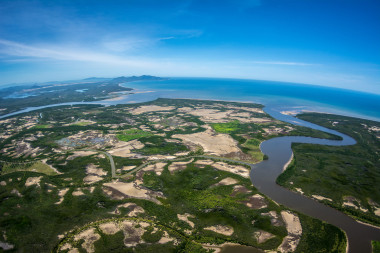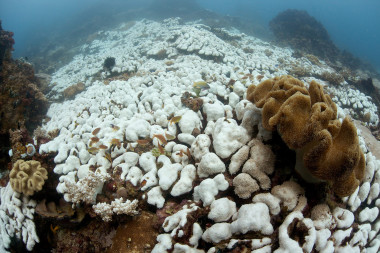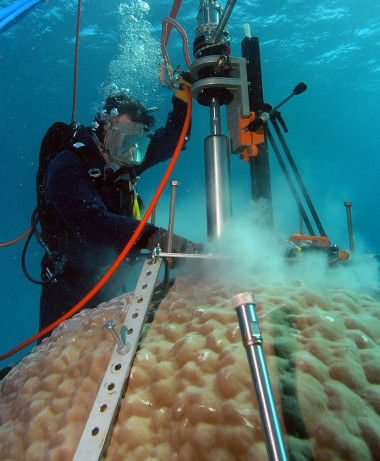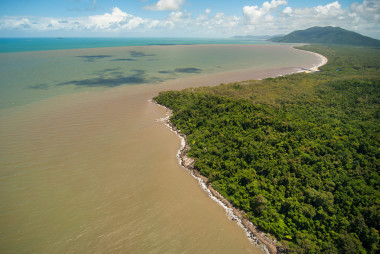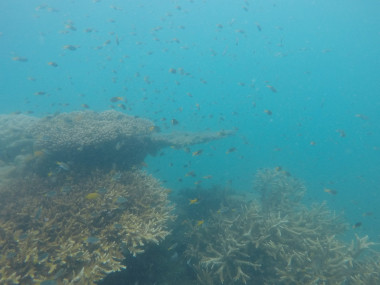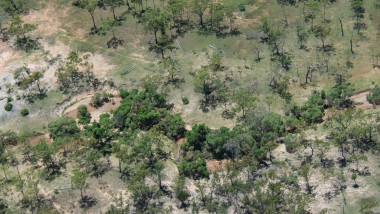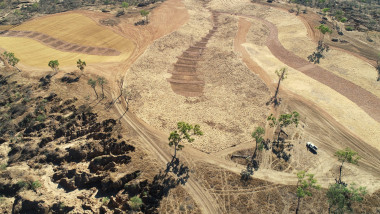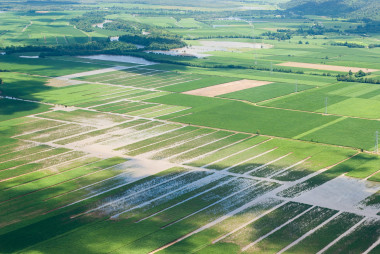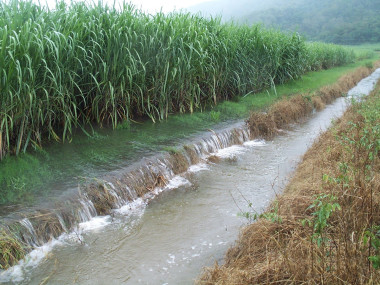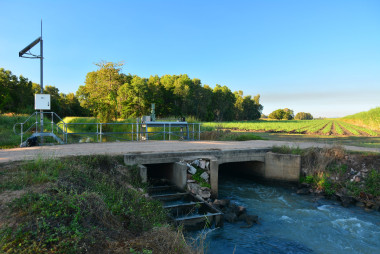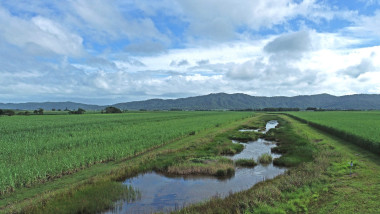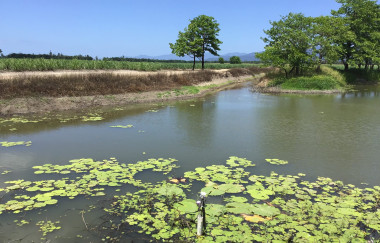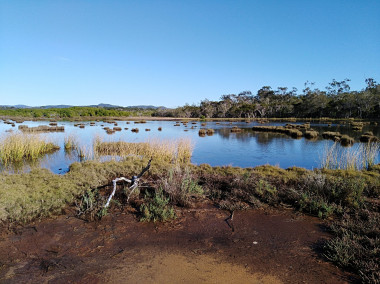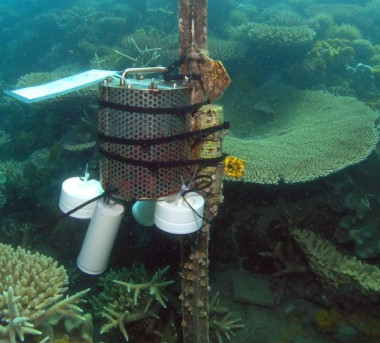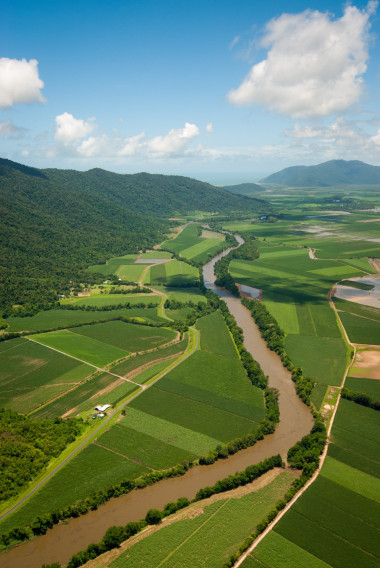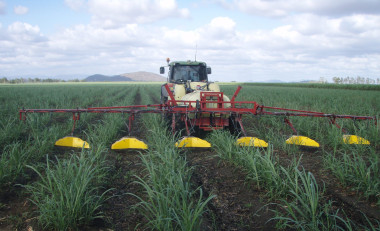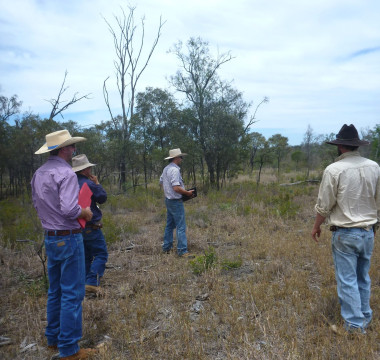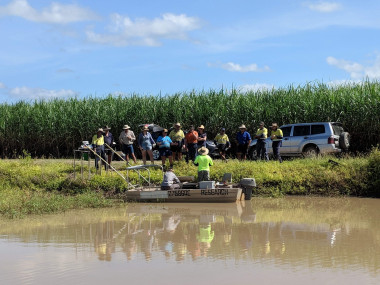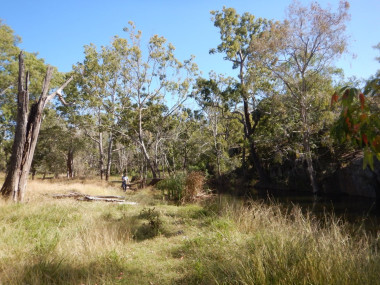A formal evidence review and synthesis method was adopted to address the 30 priority questions that were identified and agreed during the question setting stage. Formal evidence review methods are increasingly being used where science is needed to inform decision making, and have become an internationally recognised standard for systematically searching for, appraising and synthesising scientific information. More specifically, ‘evidence synthesis’ is the process of identifying, compiling and combining relevant knowledge from multiple sources so it is readily available for decision makers[1]. Each synthesis includes an appraisal of the evidence, which involved assessing the relevance, quantity, diversity and consistency of the evidence base used to answer the question. Importantly, this approach meant that for the first time, the Scientific Consensus Statement could formally assess the confidence in the scientific evidence for each question based on the overall relevance and consistency of the evidence base.
Each synthesis of evidence was peer reviewed by external and independent experts, following a similar peer review process to indexed scientific journals. An Editorial Board, endorsed by Australia’s Chief Scientist, developed and managed the peer review process.
[1] Pullin A, Frampton G, Jongman R, Kohl C, Livoreil B, Lux A, … & Wittmer H (2016). Selecting appropriate methods of knowledge synthesis to inform biodiversity policy. Biodiversity and Conservation, 25, 1285-1300.



